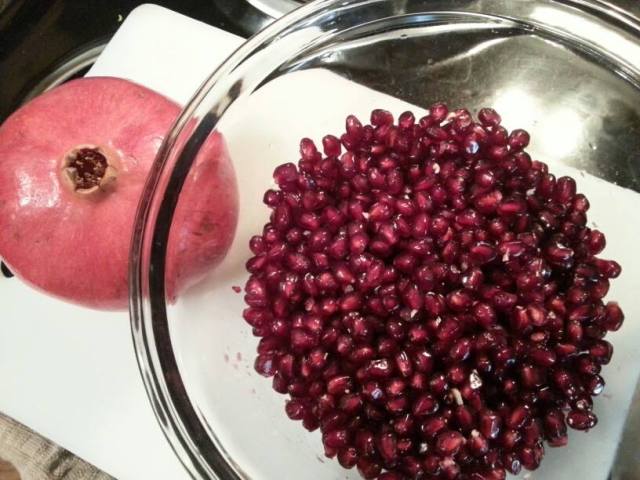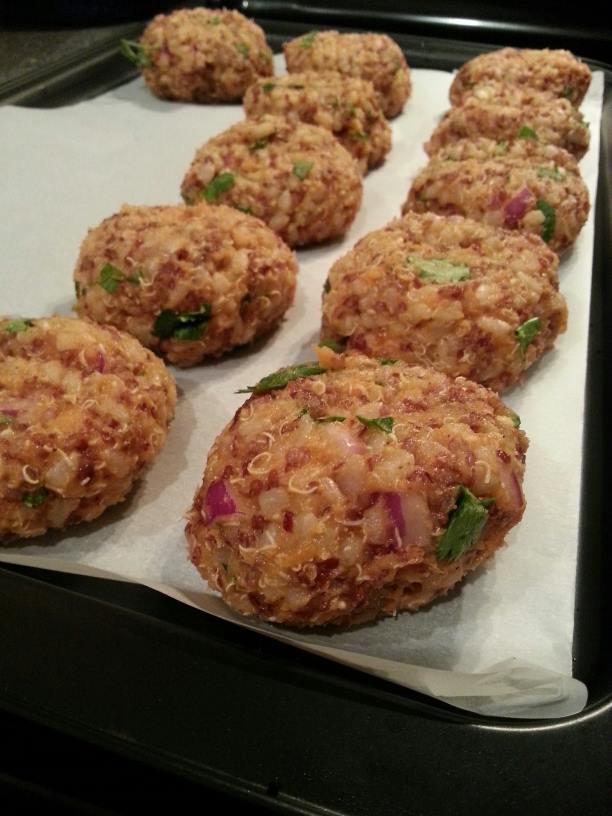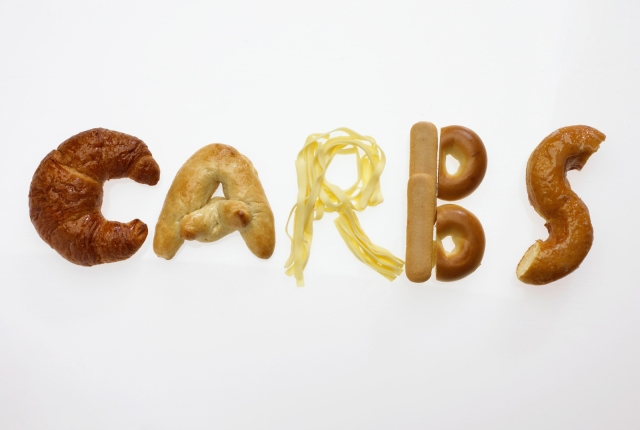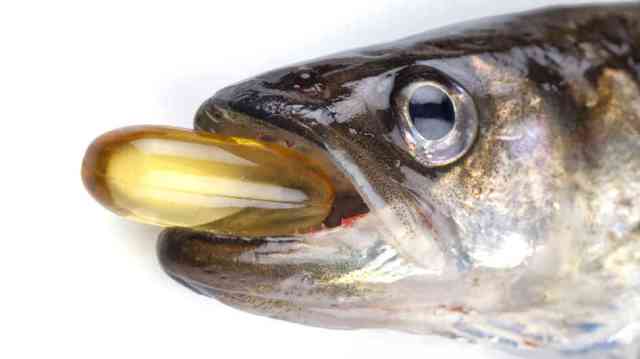
Fight fatigue! Boost your iron!
Are you utterly exhausted? You could be suffering from an iron deficiency.
What does iron do in the body?
Iron deficiency is the most common micronutrient deficiency around the world. Iron deficiency can cause a whole range of impairments to body functions. During childhood, low iron has adverse effects on learning, behaviour and cognitive function and also results in abnormalities in weight gain, appetite and immune response to infections.
Our bodies need iron from food because it is a component of haemoglobin. Haemoglobin is the protein in our red blood cells which transports oxygen to all parts of our body and about 60% of total body iron is found in haemoglobin. A low haemoglobin or low iron store will very likely make you feel tired throughout the day and make you feel like you have little to no energy. Iron is also a component in many enzymes throughout the body, including those involved in energy production and also plays an important role in immune health.
How much iron should I be eating?
The recommended dietary intake (RDI) for adult women is 18 mg a day, but this increases to 27mg during pregnancy. For adult men the RDI for iron is around 8 mg a day. Teenage girls need 11-15 mg per day. Women’s iron requirements are high because of the monthly blood loss through menstruation. Teenage girls also require high iron as they are experiencing growth spurts as well as their onset of menstruation. Vegetarians usually have lower iron stores as their food sources of iron may not be well absorbed. This is why it is important to know which foods are good sources of iron, and understand how your body absorbs iron from foods.
Where can I get iron from in my diet?
If you do have low iron stores, the food you eat is the best way to get your iron intake up. Iron supplements present on the market do help boost iron stores, but only choose them as a second option after you have increased your consumption of iron rich foods.
1.Haem iron (animal sources) is the iron found in foods such as red meat and poultry. Haem iron is well absorbed by the body.
2.Non-haem iron (plant sources) is from plant sources and is found in legumes, wholemeal breads and wholegrain cereals, green leafy vegetables, nuts, seeds and eggs.
Non-haem iron is not as well absorbed by the body as haem iron but iron absorption can be enhanced by eating these foods in combination with other nutrients.
The amount of non-haem iron that is absorbed from a food is influenced by other dietary factors that may be present in a meal. These factors may either enhance or inhibit the absorption of non-haem iron:
Enhancers: Are nutrients that help boost the absorption of non-haem iron in the body.
Vitamin C: The addition of vitamin C at the same meal as foods containing iron can increase the absorption of non-haem iron by 2 to 3 times. The more vitamin C you consume from foods together with your iron rich meal, the higher the chances of the iron being absorbed by the body. Vitamin C is found in a wide range of fruits and vegetables, including citrus fruits, berries, capsicum, broccoli and cabbage. As a general rule, there is more vitamin C in fresh fruits and vegetables than in those which have been cooked.
Vitamin A and beta-carotene: There is some promising research which suggests that vitamin A may enhance the absorption of non-haem iron from rice, wheat and corn. Including this vitamin at each meal is probably a good idea. Good sources are most yellow, orange and green fruits and vegetables.
Inhibitors: Are compounds that reduce the absorption of non-haem iron in the body.
Polyphenols: These compounds are found in significant amounts in tea (called tannin), coffee and some grains (eg barley and millet), vegetables and herbs (eg onions and parsley).
Calcium: Calcium reduces both haem and non-haem iron absorption from a meal. However, the inhibitory effect of calcium is complex and researchers are still working to determine whether there are any benefits in consuming foods rich in iron at different times during the day to foods rich in calcium.
Phytates: These compounds are naturally present in foods such as wholemeal cereals, bran and legumes. Vitamin C and, to a lesser extent meat, can counteract the inhibiting effects of phytates.
If you think you have signs of low iron, a proper blood test can help determine this. Talk to your doctor to arrange a blood test.
Can too much iron be harmful?
Iron is stored very efficiently by our body; too much iron can be toxic. Haemochromatosis is a condition when there are excessive iron stores. There is evidence to suggest that haemochromatosis increases the risk of heart disease and some cancers, such as colorectal cancer. For individuals with this condition it is important to limit the amount of iron in the diet.








